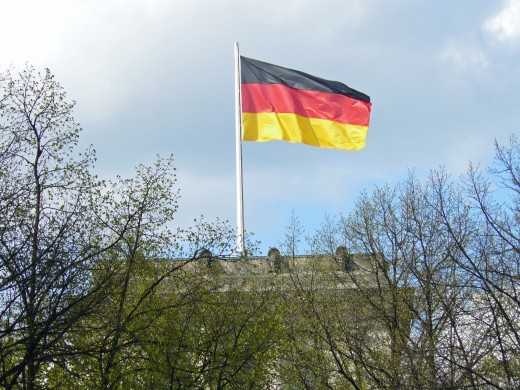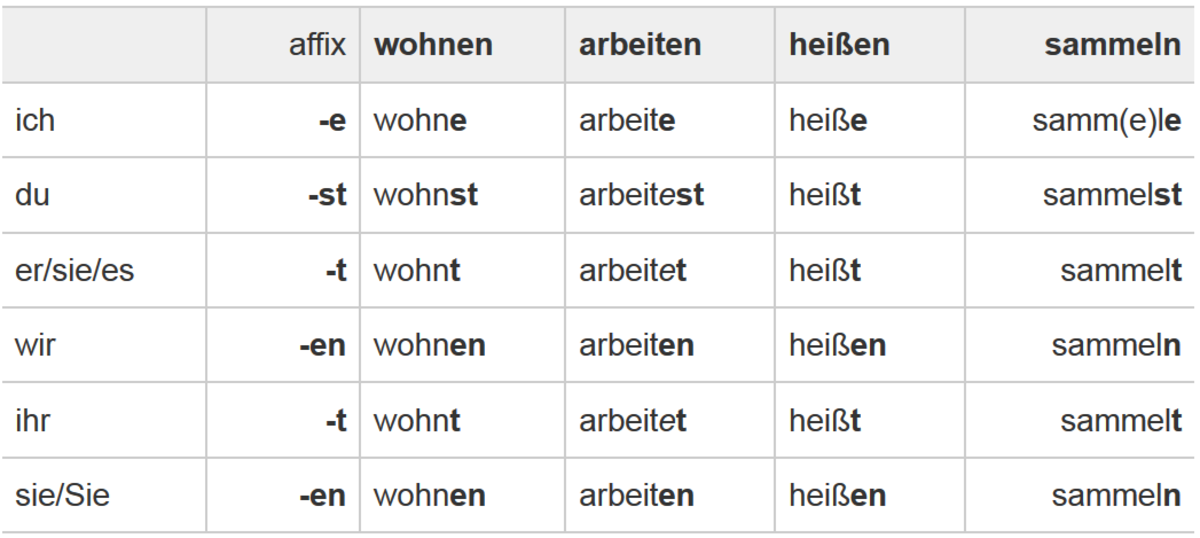The German Language Series: Part V- Conjugating "Sein" in the Present Form and Integrating the Verb into Conversation

Conjugation of "Sein", or "to be"
The conjugation of “to be” in German (sein) is perhaps one of the most common verb forms used in everyday speech. Notice the use of personal pronouns, which were initially discussed in The German Language Series: Part III.
The un-conjugated verb form is known as being the infinitive. The infinitive changes with variations in personal pronouns (ich, sie, wir, etc). The following is conjugated in the present.
Sein: to be
Singular
- Ich bin- I am
- Du bist- you are
- Er ist- he is
- Sie ist- she is
- Es ist- it is
Plural
- wir sind- we are
- Ihr seid-you (all) are
- sie sind-they are
- Sie sind-you are
Using Forms of "to be" to Expand Vocabulary
“Sein” is often utilized in basic conversation. Below are various manners in which one can use the verb “to be” and respond appropriately.
· Wo bist du? (Where are you- informal) Wo sind Sie? (Where are you- formal)
- Ich bin in Memphis, Tennessee. (I am in Memphis, TN)
- Er ist in Deutschland. (He is in Germany)
· Wie geh’s dir? / Wie geht es dir? (How are you-informal) Wie geht es Ihnen? (How are you- formal)
- Ich bin müde. (I am tired)
- Wir sind glücklich. (We are happy)
NOTE: When asking a question, note the inversion of the first two words, “sind Sie”…
· Sind Sie zu Hause geblieben? (Did you remain at home)
- To respond to someone asking you in this fashion, you would simply reverse the order and say “Ich bin zu Hause geblieben”.
· Wo ist er jetzt? (Where is he now)
- Er ist in der Schule. (He is at school)
· Wie alt is sie? (How old is she)
- Sie ist sieben. (She is seven)
· Wie ist das Wetter heute? (How is the weather today)
- - Es ist… warm (It is…warm)
kalt (cold)
bewölkt (cloudy)
regnerisch (rainy)
windig(windy)
schön (nice)
If concerned with syntax, follow the basics of English sentence structure unless directed otherwise (as with posing questions-above). Naturally, everything can be stated in various ways, but this method is great as a default structure.
Notice: Ihr seid alle da. (You are all present)
Es ist sonnig. (It is sunny)
- The order follows in German as in English





